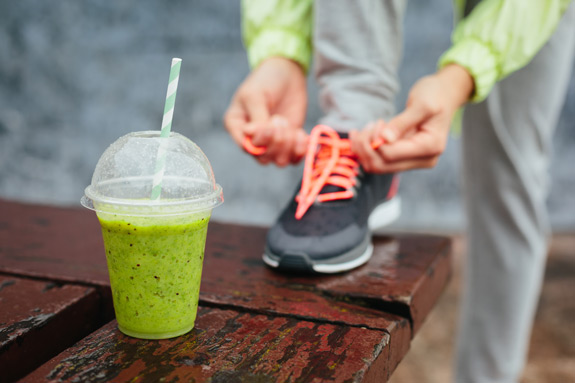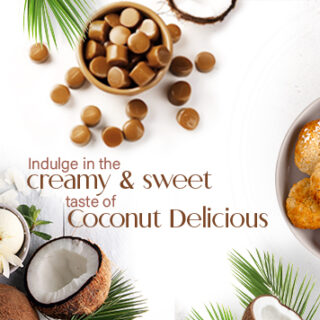
Flavours & Masking Agents in Sports Nutrition
The global sports nutrition market is predicted to surpass $45 billion by the year 2022. With tremendous pressure and competition in sports along with easily disposable income, an ergogenic diet is being sought after. In sports nutrition, products are categorized as per the intended function. Generally speaking there are pre-workout, in between-workout and post workout or recovery products. As eating while exercising or immediately after exercise is not practical, most of the products in this category are drinks.
Some of the most widely consumed sports drink essentially contains electrolyte rich flavoured water. As perspiration during workout can lead to dehydration and electrolyte imbalance, fluids help in adjusting the blood volume while supplying critical salts and lowering the core body temperature. These drinks come in myriad fruit flavours that override the taste of electrolytes and provide a refreshing flavour to the mundane water based drink. A common approach to dealing with bitterness and off notes is by acidification of the product using acidulants such as citric acid, acetic acid or maleic acid. Such products are then flavoured with citrus fruit based flavours that complement the acidic taste of the formulation.
Another favorite nutritional product amongst body builders is protein supplements. Fitness enthusiasts stash various protein powders in the form of concentrates, isolates and hydrolysates. The major problem with protein supplements is the bitter taste. Fast absorbing hydrolysates that contain free amino acids and drinks containing BCAA (branched chain amino acids) are the most difficult products for flavour formulators. Yet progress in flavour science has made masking of these bitter compounds possible.
Masking is generally done either by adding a strong flavour that overrides the bitter notes or by incorporating compounds that block receptors on taste buds and prevent the binding of bitter compounds. Both the approaches have challenges such that too strong a flavour can lead to overloading and lingering excesses while blocking receptors may prevent binding of other relevant flavour compounds thereby compromising on the taste of the product. Chemists and formulators work on creating a balance such that bitter taste is masked with no effect on over all sensorial traits of the product. Sodium salts such as acetate and gluconate in combination with L-arginine have been successfully used for the reduction of bitterness in many products.
Several companies have successfully launched targeted protein products that have been well appreciated for their flavours. BCAA based canned sports drink with flavours such as apple, citrus and coffee are readily available from vending machines. These drinks are known to promote fat loss, muscle synthesis and fast recovery. Indeed a healthy and sporting alternative to carbonated beverages often reached for, after a heavy workout.
If you are into weight lifting and strength building exercises or even visit the gym for the occasional ‘cardio’, you must have overheard about the new fad ‘ketogenic’ diet. Keto diets are extremely low carb high fat diet that trigger fat burning in your body by using ketones as the energy currency vis a vis glucose. Ketones are formed from metabolizing fat from diet as well as body fat. Diets prescribed for such ventures include food items such as coconut, butter, almonds and other nuts etc. Processed products in the form of keto-bars, cookies, and drinks have taken over this segment. Medium chain triglycerides isolated from palm and coconuts have been used to formulate keto powders and ready keto drinks. These have been ambitiously flavoured with coffee and macha tea so as to replace traditional lattes and cappuccinos.
Thus the sports nutrition sector has gained massively from flavour industry and the joint endeavors have helped deliver nutrition packed delicious products to the health conscious consumers.
ArrayKeva has an extensive flavour shop for various food and beverage applications, besides a team of expert flavourists and food technologists for creating custom flavours and matches. To partner with us, contact Keva today.
- Pinned
- Recent


 Taste of Traditions
Taste of Traditions17 May 2024






 Energizing Trends of the Energy Drink Market
Energizing Trends of the Energy Drink Market31 May 2024
Blog Archive
-
2024
June (2)
May (2)
April (1)
March (1)
January (1)
2023
2021
-
September (1)
August (1)
2020
-
October (1)
September (1)
August (1)
March (2)
February (2)
January (3)
2019
-
November (2)
- Process Flavours
October (1)
July (1)
May (1)
March (2)
February (2)
January (1)
2018
September (1)
July (1)
May (1)
April (2)
March (2)
February (2)
January (2)
2017
November (2)
October (2)
Disclaimer
The statements, views, thoughts and opinions expressed on blog or social media are those of the author and do not necessarily reflect the official policy or position of Keva Flavours or its parent organisation. The company does not take any responsibility for the views of the author.


